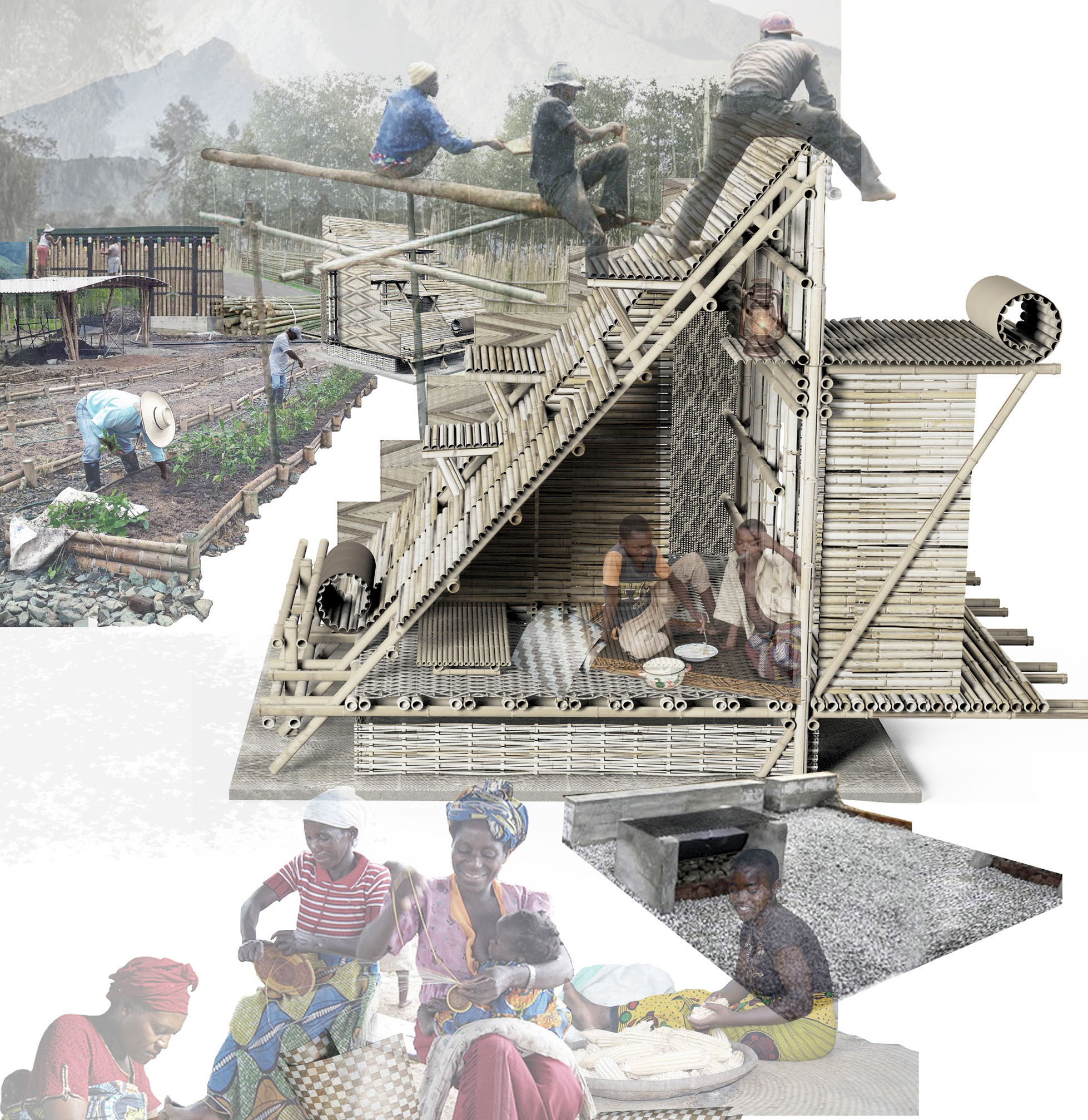Esra Akcan co-directed (with Prof. Henry Richardson) Lily-Love Toppar’s master’s thesis “Kimbilio” in the Department of Architecture at Cornell University. Lily-Love Toppar directed her curiosity onto one of the most urgent world issues: refugees and internally displaced populations in conflict zones around the world. Lily-Love proposed a settlement that would provide a safe refuge for the internally displaced people during the times of war, and one that would turn into a sustainable city in times of peace. She pursued a comprehensive research on the current practices of refugee camps, such as the Dadaab Refugee Camp, where she intelligently identified the most hidden but consequential problems, including over-reliance on international aid organizations, lack of diversity, lack of adaptability for future growth, unequal access to resources, and permanence despite being planned for temporary living conditions. The Kimbilio that she designed after this critical analysis sought to create a counter-model to the dominant mode of camps that perpetuated refugees’ problems and confined them to a life of dependence rather than empowerment. She designed a Kimbilio by considering its multi-disciplinary aspects, including regional planning, urban layout, typology of architectural units, and construction systems. Her proposal advocated for a participatory design process where the refugees would determine the final site plan by translating her diagram into a physical settlement, would choose their own permutation from the diverse types of dwelling units, and would build their own houses by using their past expertise or current training in bamboo crafts.
